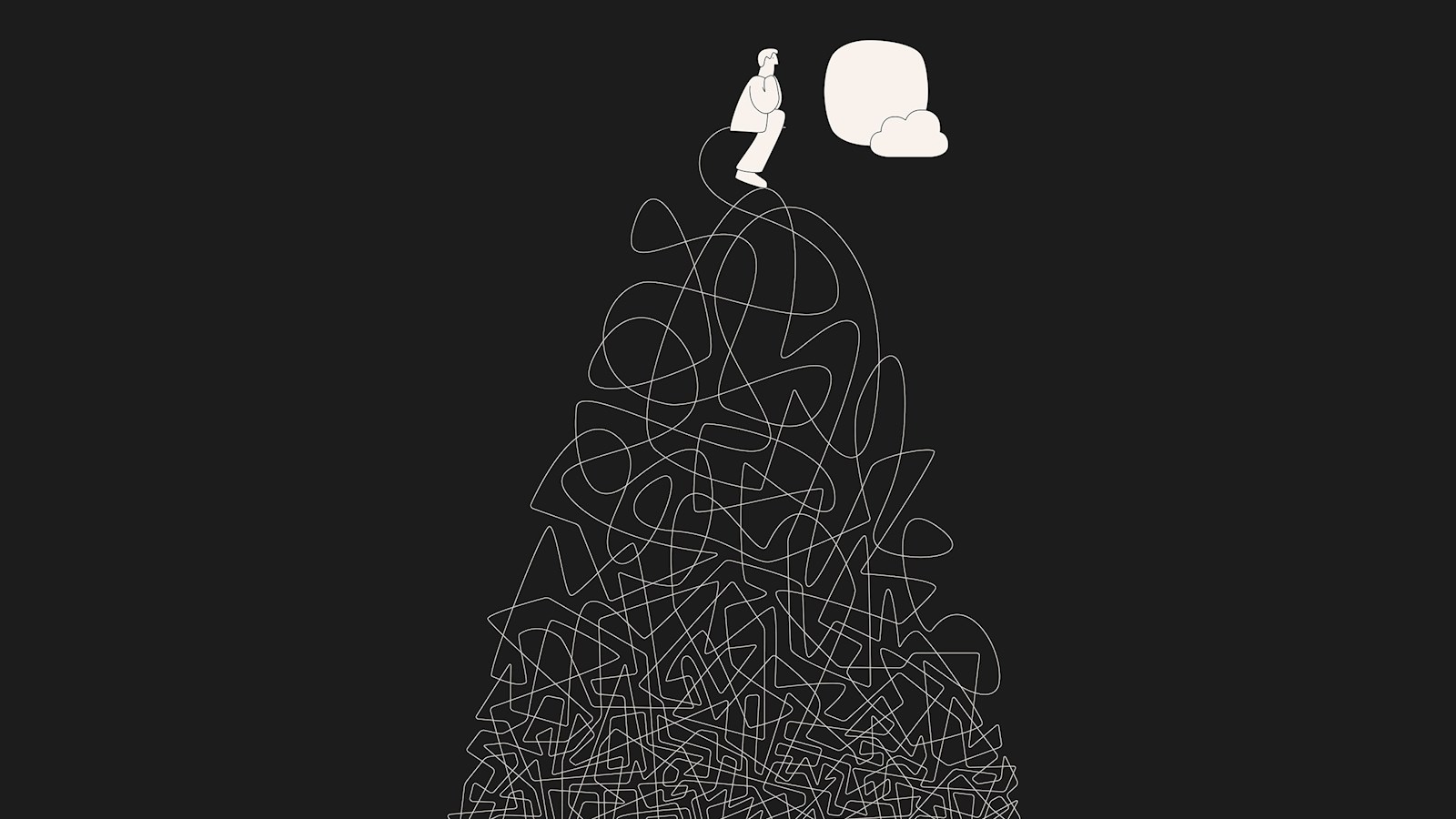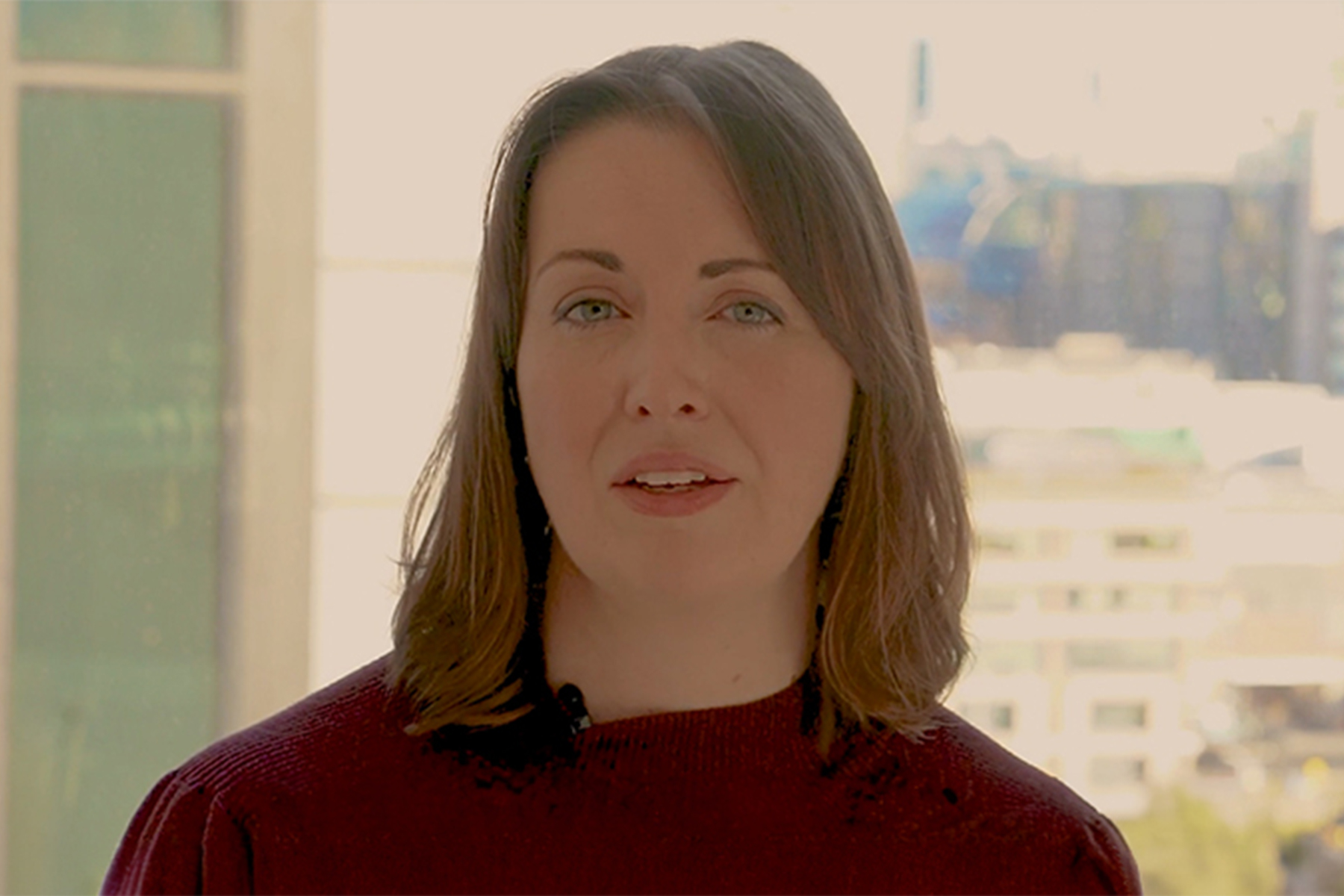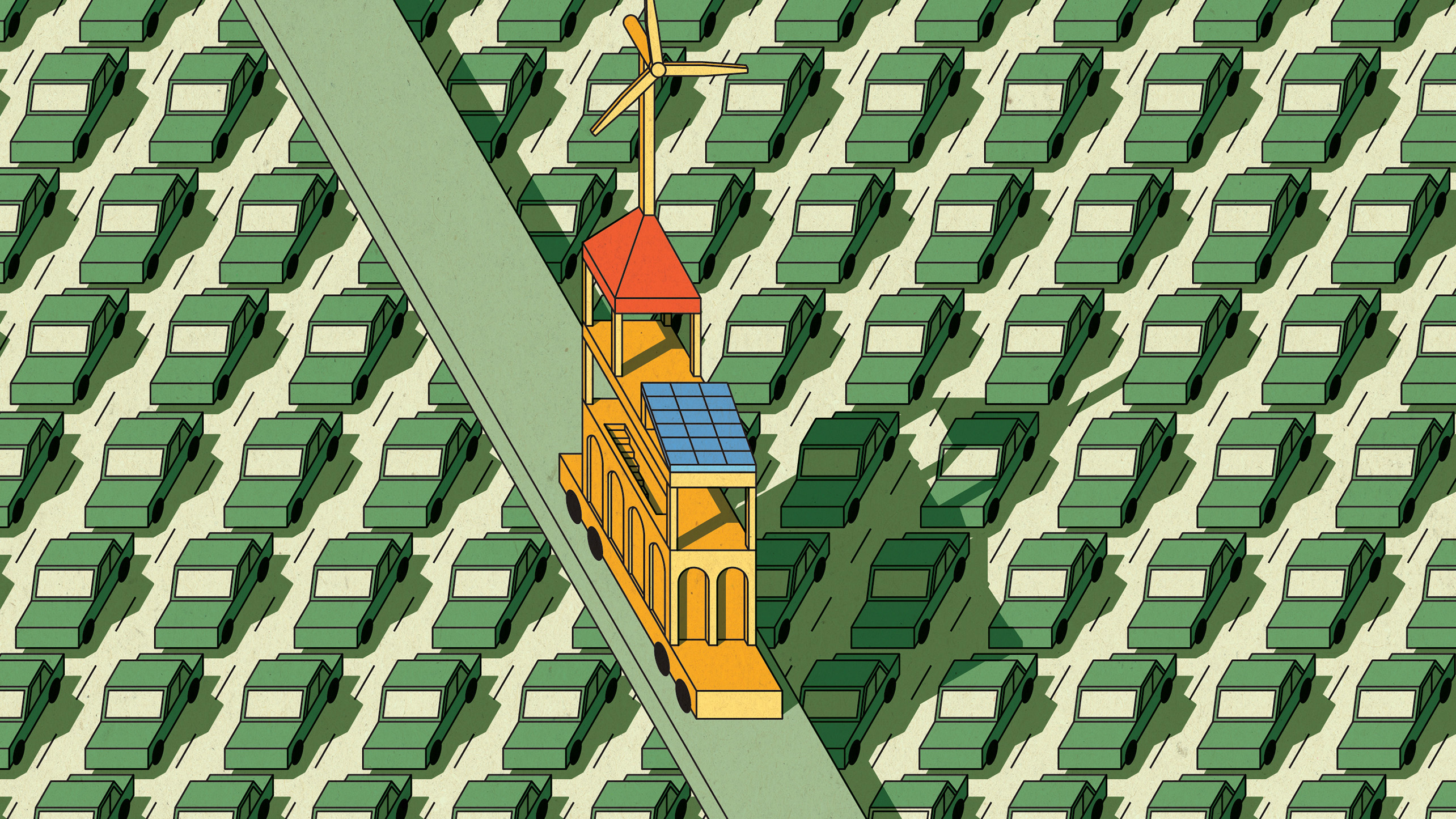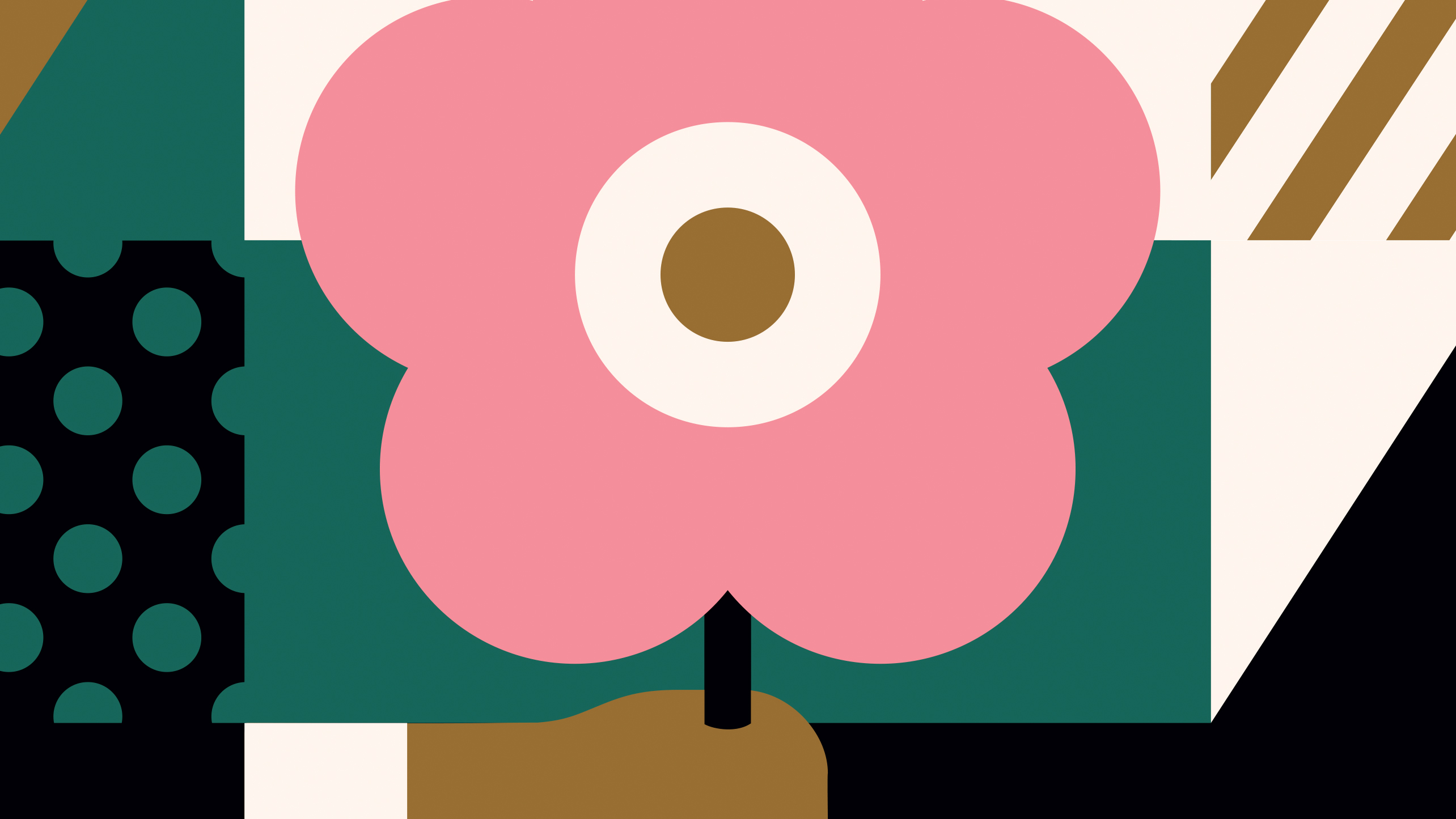
Making friends with the hermit mindset
An emerging ‘hermit mindset’ is impacting brand choices and spurring new narratives
It is an introspective time of the year, fuelled by exhaustive charts, healthy discussions and sceptically raised eyebrows. The focus is squarely on the new urban consumer. What has changed for now? What seems to have changed mainly due to lockdown? What has changed for the longer term?
Shifting consumer trends – a recap
To help paint the picture, recent Wunderman Thompson and Kantar reports have highlighted a number of key consumer shifts and trends. These include:
- A shift to savings; the loss of personal space; the primacy of health, security and convenience; digital ‘coming to the rescue’, and the rejigging of the media. Re-skilling is key, with home life returning as the epicentre. There is a desire for philanthropic brands, with brands’ purpose agenda accelerating in practical way
- The emergence of a new value system, with an accelerated drive towards more inclusive heroes, meaning, sustainability and nature. The need for checks and balances of evolved communication modes has spiralled. Every business is now seen as a health business in terms of whether it informs or misinforms. Rebuilding the community and connection is a top priority, with nurturing the tribe a rising trend
- The next frontier of health is the healing of anxiety and the wellbeing of the digital self. Such existing trends have intensified, given the gap in proactive investment in health
- The evolution of retail models as, along with contact-less shopping and hands-free payment, initiatives like virtual services and live streaming are being fast tracked, based on the consumer’s journey and experience
Building on these trends, this article is a handwoven quilt on the new urban consumer made with hard numerical data and an ephemeral qualitative texture. It is stitched with the hope of connecting the past, present and future and, above all, to help the new urban consumer be treated with warmth, comfort and empathy. It is not only for the new consumer but for one living in a far from normal context, that has euphemistically been called the new normal, or the next normal, or the better normal. It is a short take on a very large topic in a very new context.
A contemporary portrait
This examined reality reveals a portrait of a kind of contemporary hermit. These individuals are digitally savvy by necessity, personal growth enthusiasts, even explorers, not yet at the level of mastery nor competence.
Urban consumers have lived frugally for an extended period of time, with spartan food, simple clothing, isolation, repetitive, harsh schedules and uncertain work, education and futures. This kind of life has perhaps only been experienced before at retreats or camps. And then voluntarily, for a few days by a niche group into ‘that sort of thing’.
This ‘capsule frugality’ is utterly different from the urban consumer life context (which is not short, voluntary nor niche). Significantly, the lockdown experience was not mindful, more mind numbing. Yet, after the extended dismay, discomfort and resignation, a new emotion is being expressed. Simply put: “It’s OK. Surprisingly, I am OK, you are OK.” There is acceptance, even a kind of liberation.
The relief of survival with so little. A struggle with disruptive frugality at many levels has given the urban ‘indulgent class’ a glimpse of mettle lurking beneath the surface of shiny aspirations. A private gemstone-rich mine of raw instinct that feels rejuvenating, despite the steep and stoic efforts involved in mining these instincts. Indeed, Wunderman Thompson research reveals that developing market consumers view change as eventually leading to betterment.
The extended daily lived experience of frugality yields many, many (unasked for) lessons for surviving, thriving, changing, adopting, adapting, shedding, decluttering, exhuming, sacrificing, missing, dropping, coping, creating, shutting, cancelling and learning. Frugality, which can seem a hard word is actually a very interesting one. It has thought-provoking associations – like moderation, limited waste, temperance, simplicity, mindfulness, and thoughtfulness – many of which are resonating qualities of our times.
As scenarios evolve, many creature comforts may sweep back in – to the extent that they are affordable and desirable. However, the hermit mindset seems to have dug in for the longer term, even towards embracing simple living and high thinking. Degrees may vary, but ‘hermits in the mind’ are likely to be or do the following:
Seize the day
The hermit mindset takes tough love calls. It is able to take challenging decisions faster, due to less attachment and more acceptance of uncertainty. It finally presses the button after sitting on the fence/considering decisions over lengthy periods: washing machines debated for five years were installed in five weeks; back burner hobbies were launched as commercial ‘home-preneur’ brands; and long overdue relationship bridges were built over troubled waters.
There is an abiding sense of reconnecting with the things that give daily life its foundations – including our own roots.
Live authentically
The hermit mindset marches more to an inner rhythm. It is less outwardly motivated, more inwardly mindful and particular about prioritising what truly matters. Managing much, while making do with little, has enabled a kind of maturing. Authenticity and transparency are not just desirable mantras, they are ‘live’ – and being broadcast in real time.
This mindset is less concerned about ‘manicured appearances’. It wants greater expression and is more likely to seek help openly and take professional advice. It prefers simple menus, vernacular and voice communication, and ‘comfort zone friends or family’ over ‘It’ acquaintances, influencers and ‘Zoom fatigue.’
Embrace value with head and heart
The hermit mindset uses a fine-toothed ‘value comb’ to sort and sift priorities. There appears a wholesome embrace of extreme value consciousness. This is born partly of the head – the result of financial necessity, anxiety and generally trying times. But it also comes from the heart: it reflects fresh and heartfelt reverence and appreciation of modesty, temperance and efficiency in consumption.
This includes recycling goods; utilising ignored kitchen items like casseroles and skillets, along with old clothes and furnishings, and ‘locking down’ on eagerly anticipated purchases, like branded sales. This mindset is on a steep curve digitally – accelerating its online knowledge, access, engagement and commerce. And when it comes to the digital interface, what matters most is simplicity and speed. Overall, more significant than engagement or relationships is the perception that a brand ‘respects us’ via apt, timely and relevant value.
Reconnect with roots
The hermit mindset favours trusted vintage. Love for the enduring, both for its utility and its emotional meanings, is sweeping through new urban consumers. There is a sense of reconnecting with things that give daily life its foundations – including our own roots.
What started off as ‘making do’ has turned a page, with a realisation of the richness of rootedness. This mindset values the familiar, tried and tested that have often gone unsung – the trusted motor car or efficient two-wheeler; the homely, safe beauty routine; the loyal, fluttering old curtain – that, like us humans, are soldiering on. The loved but slightly sagging armchairs, where the family takes fresh daily news blows on the chin, are familiar comfort zones. As day follows unforgiving day, trust in brands now has more primacy than in the past.
Put people first
The hermit mindset values people over things. As family generations retreat to their ‘cave’, the main treasure to cherish is conversation with people. Caves by definition are bare. Conversation, that is connection, is all there is. Starved of experience, each of us realise that all we can ever really have is a sense of connection.
More than ever before, the person-to-person connection reigns supreme. Fractured relationships are getting rebuilt one conversation at a time; in huddles after dinner, at rare times of just chilling, during intellectual debate, and when just simply calling to say: “How are you?”
Hot buttons for hermits
Hermit mindset hot buttons are emerging: tough love calls; inward motivations; extreme value consciousness; the primacy of trust and the trusted, and people bridges. For these reasons, despite the shock experienced during lockdowns and the wider pandemic, the hermit mindset appears braced for simple living and high thinking, relatively speaking, for an extended period of time.
My word of 2021 is ‘crystallises’. This reflects the synthesising of several threads of quantitative data, qualitative insights and expert discussions that culminated in the notion that ‘serious is the new cool’. Major problems demand large, simple solutions which in turn compel larger, loftier vision and thought. Wunderman Thompson’s 2020 surveys across developed and developing markets suggest that consumers now believe that the challenges and opportunities humanity faces loom large and new in scope, scale and scariness.
First, consumers prefer brands that demonstrate a new kind of civic leadership. There is a vital need for fresh innovative and holistic approaches and an optimism that a fresh generation of thinkers and doers will provide this much-needed perspective.
Second, consumers believe that brands (more than several other social organisations) are best placed to provide effective, innovative, consumer-centric ideas and solutions.
A world pushed to transform has had a giant, collective wake-up call. And a seriously thoughtful approach is emerging as vital in several fields of endeavour. Serious is not niche, it is mainstream. Serious is not obscure, distant nor intimidating, it is viscerally part of the lived daily existence of many. It is vitally, warmly people-centric; even more, it is generational-, community-, relationship-centric. It puts people first. Serious is not distracted or complicated, but distilled, clear and patiently resilient. Above all, serious is not boring, nor pedantic. It is the good it does, protects and nurtures; and what makes it the new cool.
A struggle with disruptive frugality at many levels has given the urban ‘indulgent class’ a glimpse of mettle lurking beneath the surface of shiny aspirations.
Coaching spells growth for brands
It was always cool to deep dive, take a long view, dig into what really matters. It has now intensified in manifold ways. Asking for help is no longer just for losers. It is for normal or average people. It is also for winners, who need it most, especially for movers and shakers who might be yearning for it unknowingly. Getting help is simply being responsible and human. Coaching spells growth, in any arena of life, work or play.
The clever bit, in the coaching conceptual framework, is that the seeker is a client and not just a patient. The expert is a friendly coach not an intimidating authority figure. There’s a coach offering a masterclass package a phone call away, and people are gratefully opting in. Are brands listening? Are they observing the reorientation going on in seeking and receiving serious help via the coaching framework?
Brands can be the poster child of the coaching narrative, connecting to a new consumer in fresh and apt ways. The following insights can show brands the way:
- The new consumer has a slow-living hermit mindset that is inclined to frugality, contemporaneity and creativity
- The five hot buttons of this mindset operate at multiple levels – functional, mental, emotional, social, transactional and relational
- The dots connect to signify serious is the new cool. Consumers want brands to deliver constructive, innovative and holistic solutions to address real and big issues, consequences and opportunities
- The new mindset ushers in brands as empathetic, reassuring coaches that build connections via an ecosystem of support and accept new contexts and leverage new mindsets
This quilt is primarily to help brand custodians provide much-needed empathy and warmth to a two-tone consumer. A consumer who is isolated yet connected, anxious but mindful, frugal although creative, and contemporary while rooted. And coping amazingly, at full stretch.
This new understanding is also stitched with the hope of connecting and creating, enabling others to add their inputs too. Overall, it offers brand custodians the basis for warmth and empathy when they market, innovate, price and communicate products and services to their new urban consumers.
published on
15 December 2021
Category
More in The Atticus Journal

Generative AI: mitigating risk to unlock opportunity
H+K’s Allison Spray on managing the commercial and reputational risks that the proliferation of generative AI will present

Making sustainability profitable
Sustainability investments must deliver returns – both financial and reputational – to be ‘sustainable’ for business. Something needs to change, says Luc Speisser

Sustainability comms must get real
There’s a disconnect between the way corporations talk about climate change and how the public discusses the same issue. That’s the conclusion of research by Jamie Hamill, Alessia Calcabrini and Alex Kibblewhite.

